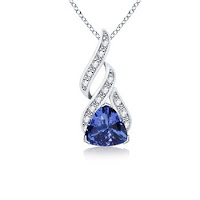Jewellery has been used for a number of reasons:
- Currency, wealth display and storage
- Functional use
- Symbolism
- Protection
- Artistic display
For platinum, gold and silver jewellery there are many techniques to create finishes. The most common are high-polish, satin/matte, brushed and hammered. High-polished jewellery is by far the most common and gives the metal the highly-reflective and shiny look. Satin or matte finish reduces the shine and reflection of the jewellery and is commonly used to accentuate gemstones such as diamonds. Brushed finishes give the jewellery a textured look and are created by brushing a material against the metal. Hammered finishes are typically created by using a soft, rounded hammer and hammering the jewellery to give it a wavy texture. Some jewellery is plated to give it a shiny, reflective look or to achieve a desired colour. Most cultures have at some point had a practice of keeping large amounts of wealth stored in the form of jewellery. Numerous cultures move wedding in the form of jewellery. Alternatively, jewellery has been used as a currency or trade good. Many items of jewellery, such as brooches and buckles originated as purely functional items, but evolved into decorative items as their functional requirement diminished.
American gold jewellery must be of at least 10K purity (41.7% pure gold), (though in the UK the number is 9K (37.5% pure gold) and is typically found up to 18K (75% pure gold). Higher purity levels are less common with alloys at 22 K (91.6% pure gold), and 24 K (99.9% pure gold) being considered too soft for jewellery use in America and Europe. These high purity alloys, however, are widely used across Asia, the Middle East and Africa. Platinum alloys range from 900 (90% pure) to 950 (95.0% pure). The silver used in jewellery is usually sterling silver or 92.5% fine silver. In costume jewellery, stainless steel findings are sometimes used.



No comments:
Post a Comment